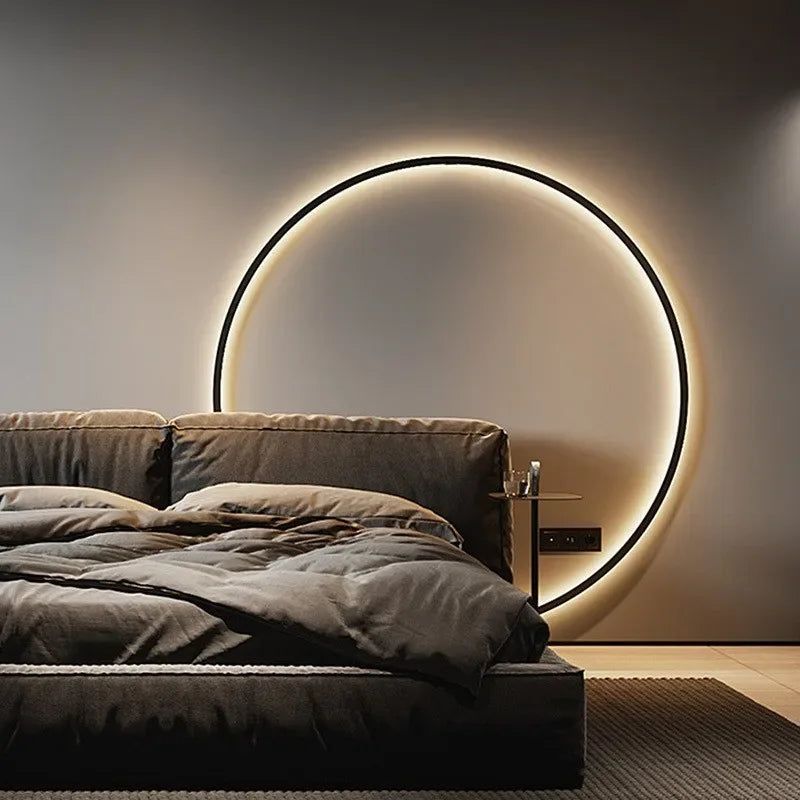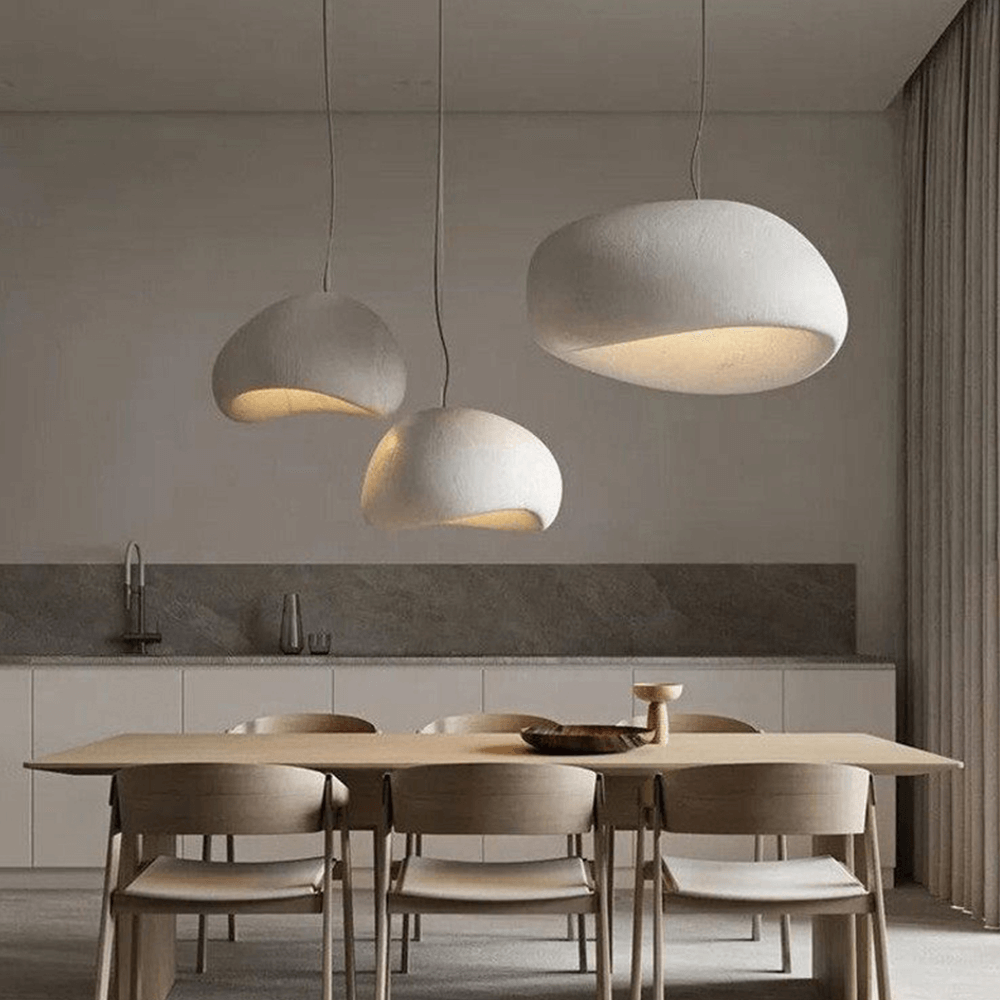
Lighting plays a crucial role in creating the atmosphere and ambiance of a home. It can make a living space feel warm and inviting or cold and unwelcoming. The right lighting can enhance the décor of a room and highlight key features, while poor lighting can make even the most well-designed space feel dull and uninviting.
When it comes to lighting your home, there are several factors to consider. The first is the type of lighting you need. There are three main types of lighting: ambient, task, and accent. Ambient lighting provides overall illumination in a room and is typically achieved through ceiling lights, chandeliers, or wall sconces. Task lighting is more focused and is used for specific activities such as reading, cooking, or working. Task lighting can include desk lamps, under-cabinet lighting, or pendant lights. Accent lighting is used to highlight artwork, architectural features, or other decorative elements in a room. This type of lighting can include wall-mounted picture lights, track lighting, or recessed lighting.
Another important factor to consider when lighting your home is the color temperature of the light. The color temperature of a light source is measured in Kelvin (K) and indicates whether the light appears warm (yellowish) or cool (bluish). Warm light (around 2700-3000K) is often used in living spaces to create a cozy and inviting atmosphere, while cooler light (around 4000-5000K) is more suitable for task lighting in areas such as kitchens and workspaces.
In addition to the type and color temperature of the lighting, it’s also important to consider the brightness of the light. The brightness of a light source is measured in lumens, with higher lumen values indicating a brighter light. The amount of light needed in a room will vary depending on the size of the space and its intended use. For example, a kitchen or workspace will require brighter lighting than a bedroom or living room.
When planning the lighting for your home, it’s also important to consider the placement and distribution of light sources. A well-lit room should have a mix of overhead lighting, task lighting, and accent lighting to create a balanced and inviting atmosphere. It’s also important to think about how different light sources will interact with each other and how they will affect the overall mood of the room.
In conclusion, lighting is an essential element in creating a comfortable and inviting home. By carefully considering the type, color temperature, brightness, and placement of light sources, you can create a space that is both functional and aesthetically pleasing. Whether you’re looking to brighten up a dark corner or create a cozy reading nook, the right lighting can make all the difference in transforming your living space.
 Decoration Ideas
Decoration Ideas









